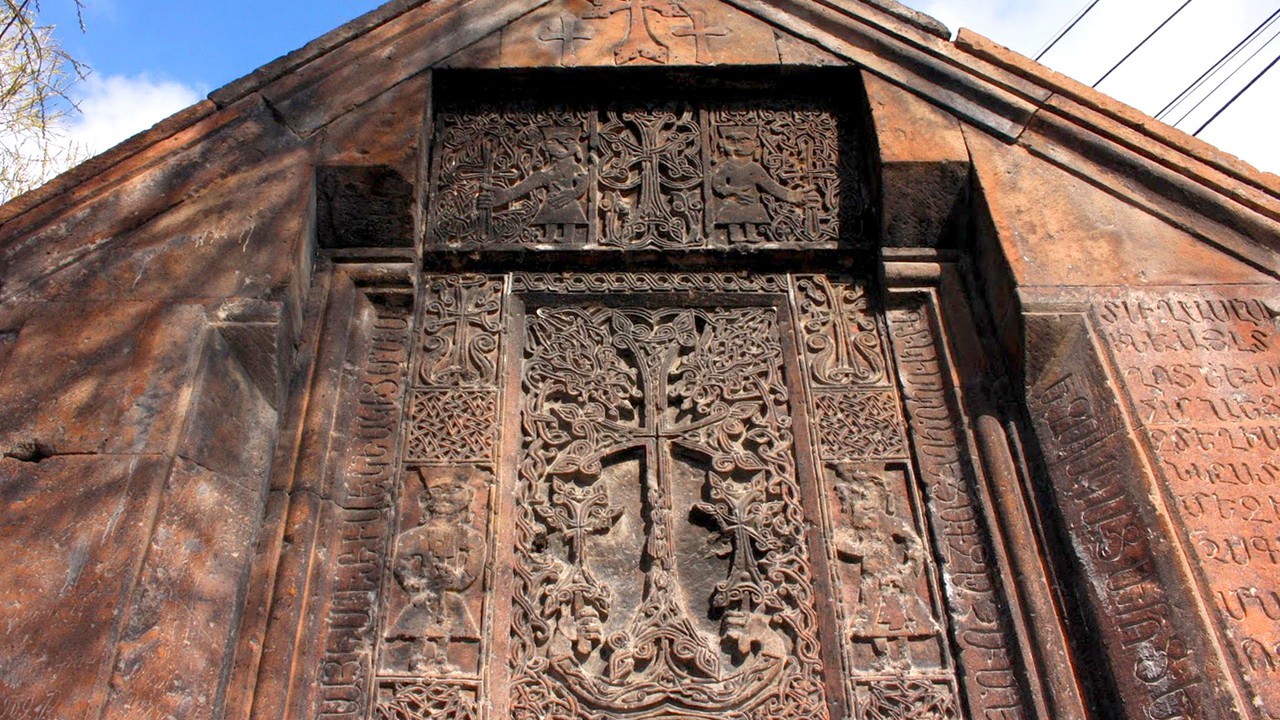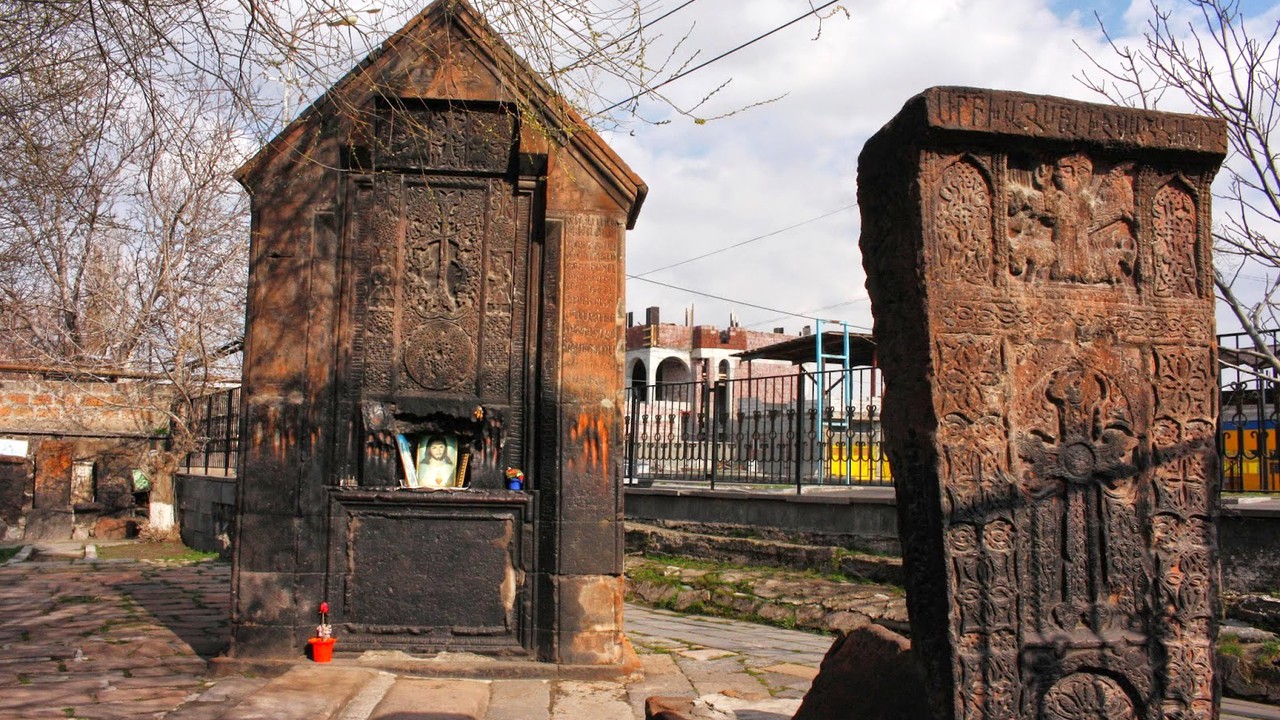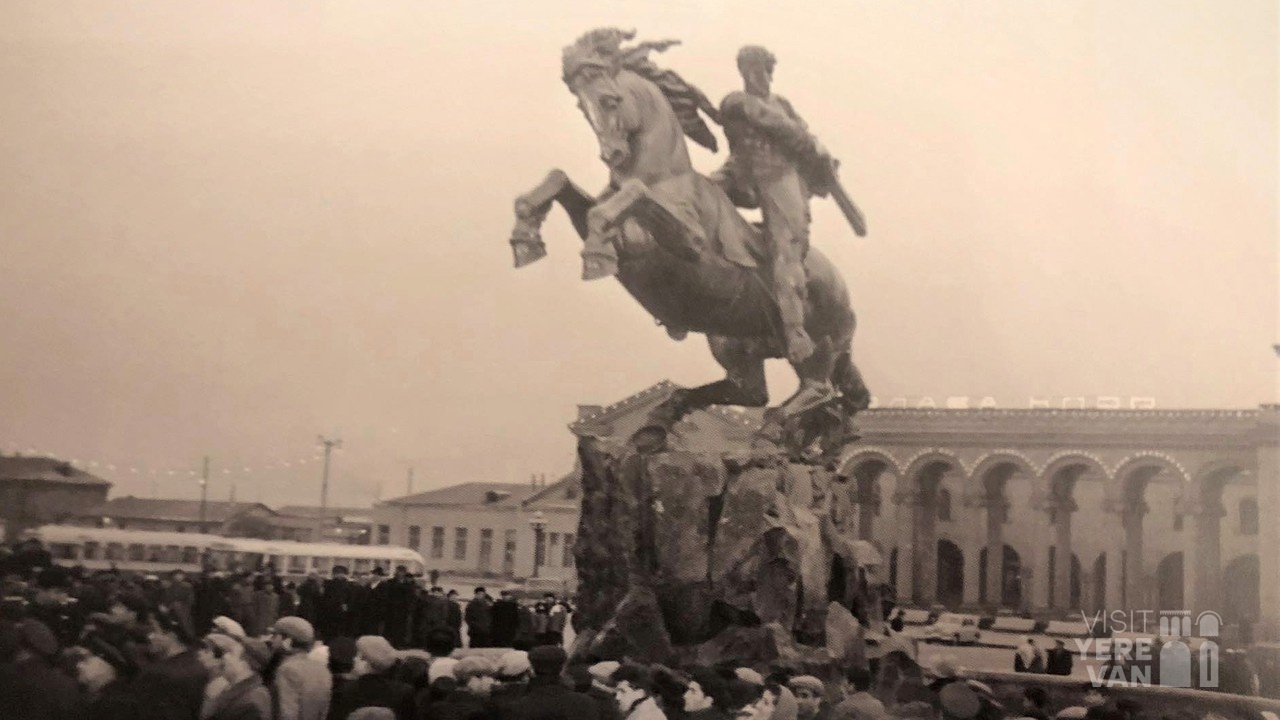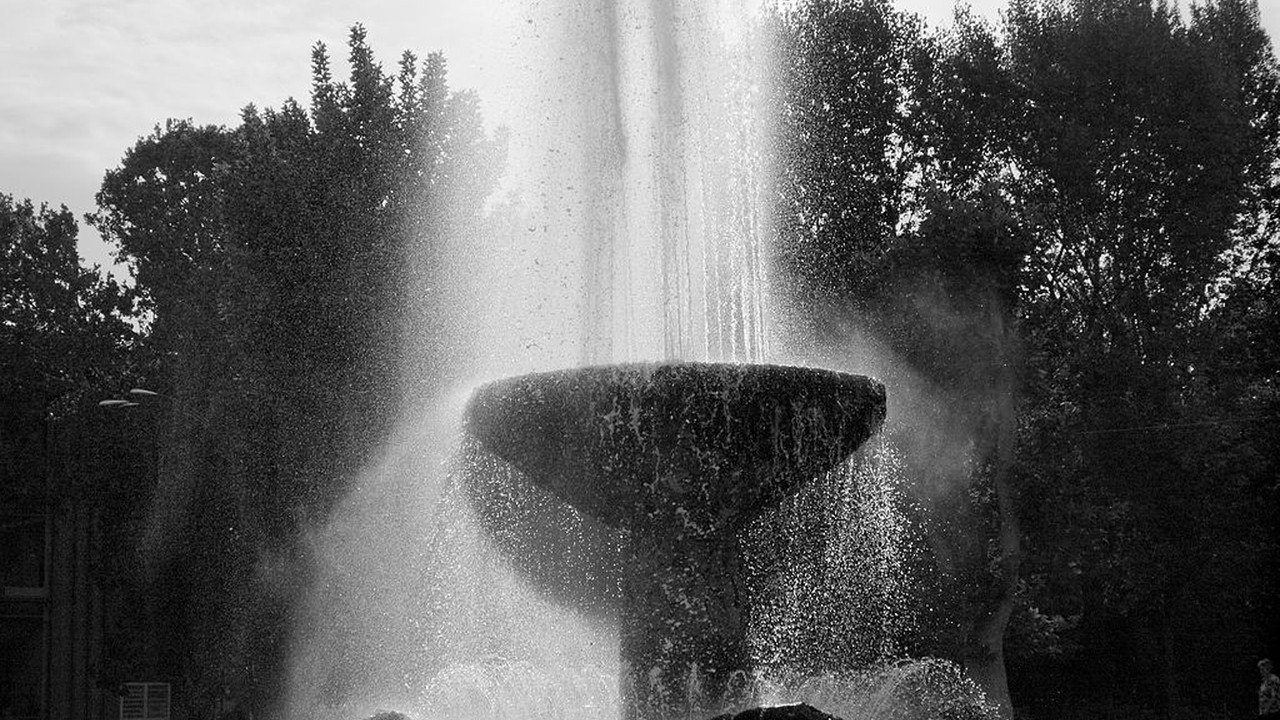YEREVAN CHRONOLOGY

1265
The Amenaprkich khachkar (cross stone) was erected in Kanaker in 1265. It is among the few that withstood the devastating earthquake of 1679.
Kanaker is one of the oldest districts of Yerevan, which was a large village before becoming part of Yerevan. The monuments there, as well as the khachkar-memorial cross stone of Petjan (1265), give a great deal of information about the centuries-old history of Kanaker.
Petjan khachkar is a walled khachkar made of polished red stone. It used to be built on the northern side of the village, and now it is located in the center of Kanaker, on the left side of Zakaria Kanakertsi Street. The people of Kanaker call the khachkar "Amenaprkich", but no one knows for sure who built it, in what year, or how it was named Amenaprkich.
According to a legend, many centuries ago a foreign conqueror captured and deported many Armenians. The conqueror, whose name is not known, suffered from incurable wounds. Among the captives was an Armenian doctor named Aram. The latter promised to treat the conqueror on the condition that he release the Armenian captives and allow them to return to their homeland. After obtaining the conqueror's consent, the doctor treats him. The dictator keeps his promise; the captives return to their homeland. The doctor returns with them, but dies. The doctor is buried in front of the khachkar in honor of his good deed.
The khachkar-memorial cross stone used to be in the center of the cemetery. However, it turns out that during the 19th century, while building the highway from Yerevan to Sevan, the cemetery was demolished, and the khachkar remained next to the road.
There are two large inscriptions on the cross stone. According to the transcripts, a large man named Paraz belonged to the large garden east of the khachkar of the State Savior of the State. The latter sells the garden to Petjan. A record of the sale is made on the front wall of the south side of the khachkar.
OTHER
1959
The opening of the David of Sassoun statue (sculptor Yervand Kochar) took place in the square near the railway station.
1860s
The English Park is one of the oldest parks in the city of Yerevan, dating back to the 1860s. It was frequently renovated until World War I, with a major renovation in 1910.


